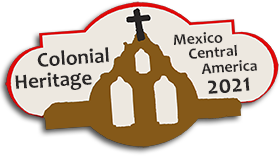Around the Panama Canal
November 11
It was raining this morning. We have not had much rain so far when traveling in Central America, so a little rain from the Caribbean Sea did not bother us too much. Shelter Bay Marina is a nice place. It was great to see lots of families with children traveling on the yachts. They stop here to make repairs and rest after a long time at sea. The nearby waters of the of Limon Bay are a passageway for cargo ships navigating the Panama Canal. Until the end of the 20th century, the United States had the right to operate the canal and maintained many military fortifications here. One of them was Fort Sherman near the marina. Currently, the fort is abandoned, as are all other former US military installations in Panama. Most of the base is covered by a rainforest. Only the empty barracks along the road are a reminder of the past. Rusty ship wrecks unrelated to the US presence stand on the shores of the Limon Bay. That is a big ship graveyard.
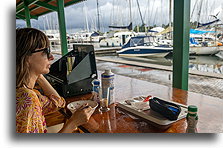
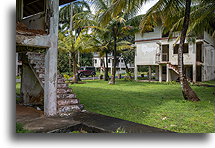
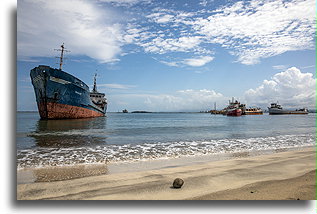
The idea of a canal linking the Atlantic and the Pacific is not recent. Soon after Europeans realized that the Isthmus of Panama was indeed a narrow patch of land between the oceans, it became a freight route. Silver and gold, imported by ships from South America, were transported overland to the Atlantic side and loaded aboard ships for Spain. In 1534, seeking a military advantage over Portugal, the King of Spain commissioned a review of the feasibility of the construction of a route that would allow a ship voyage between Spain and Peru. However, it was not until 1881 when the French began building the Panama Canal.
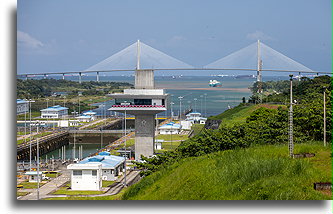
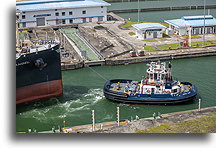
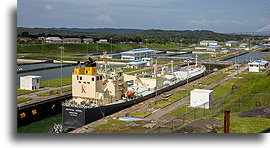
The French companies that dealt with this investment were unprepared for the problems they encountered in the tropics. During the construction, not only the dense jungle and heavy rains had to be faced, but also venomous snakes and insects. All this had an impact on the health of the workers. Tropical diseases such as malaria and yellow fever killed nearly 200 people a month. When the United States took over the unfinished construction in 1904, the Americans started by taking steps to minimize the spread of deadly diseases. Ten years later, the Panama Canal was officially opened.
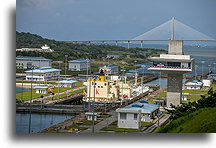
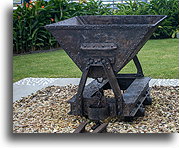
Each vessel passing through the canal must pay a toll which is calculated based on the type of cargo and the size of the vessel. A record high price of over one million dollars was paid for a fully loaded container ship, bypassing a long line of other ships, but it can be as low as several hundred dollars for a small yacht.

